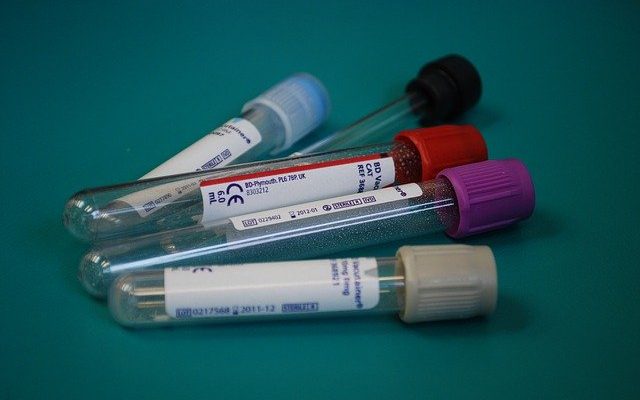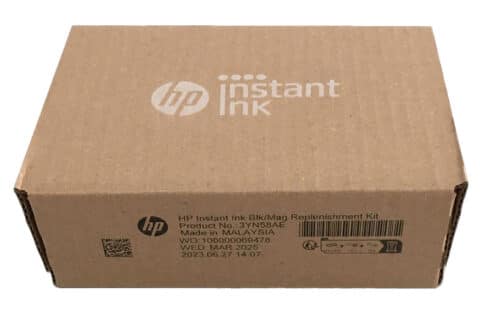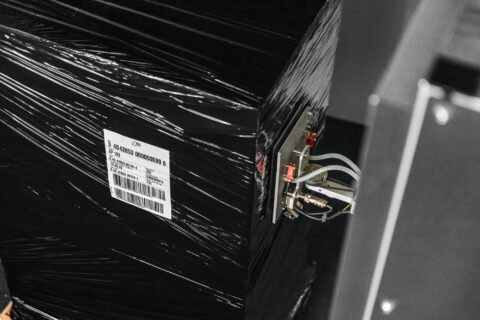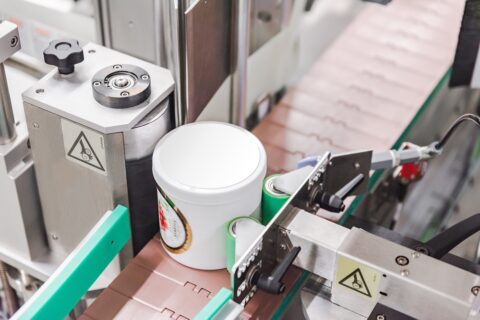Reliable labeling systems in the medical field is indispensable and extremely important.
Whether it is for the identification of examination material, the marking of samples in laboratories and hospitals or the labeling of blood preserves: a barcode label is the most reliable form of identification.
Labels for laboratory containers are extremely difficult to apply, but thanks to the special properties of the outer material and adhesive, they can be applied without too much effort.
The durability of labels is of prime importance
For biological and pharmaceutical products such as blood, stem cells, tissue samples and other patient sample collections in the medical field, external labeling with the necessary data is extremely important. If labels are used, the durability of the labels on the container is of prime importance.

Lab labels are specially developed labels with very specific adhesive properties. They are used for labeling in the pharmaceutical or medical sector and in laboratories. The special laboratory labels are produced for the marking of tubules, test tubes and blood bags, as well as other types of vessels.
Barcode labels are successfully used in the medical sector. They provide access to extensive data, simplify work procedures and ensure fast and secure patient care.
Examples of the contents of a laboratory label:
- Date of manufacture
- Expiration date
- Batch number
- EAN – or barcodes
- Encrypted patient data
- Sampling data
- Further
Reliable marking with a thermal transfer printer
Labels can be printed most reliably with a thermal transfer printer.

Handwritten marking has some disadvantages. For example, writing on a sample with a standard pen is usually difficult to read, may blur, is not resistant to chemicals and therefore very unreliable.
If labels are printed with a thermal transfer printer, the thermal transfer ribbon required for this is also designed for the extreme conditions and forms a resistant unit with the label against all strains.
Advantages of thermal transfer printing in laboratories:
- Small, still readable fonts are possible
- More information in the smallest space
- Typeface does not fade
- Typeface does not blur
- High durability under the most extreme conditions
- Easy to read
- Barcode and EAN codes can be printed without problems

Important properties of laboratory labels
Laboratory labels have to withstand a lot. As a result, these special labels consist of a selected composition of face material and adhesive. Above all, they must have the following properties:
- Reliably map results and data
- Labeling of patient samples and substances
- High durability
- Migration safety (the adhesive must not migrate into the container as the result of the contents could be distorted)
- Constant adhesive conduction at very low temperatures (e.g. kyrogenic applications)
- Constant adhesive performance at maximum temperatures (e.g. cleaning process or sterilization in autoclave)
- Resistance to extreme conditions
- Storage in liquid nitrogen
- Storage in chemicals
- Storage in solvents
- Tamper-proof
- Long legibility of the printed image, even after heavy use
- Durable on vessels with very small diameter (erection forces are eliminated)
- Longevity
- Adhere reliably to containers with a volume of 1-100 ml or a diameter of 7-50 mm
Labels for containers with a small diameter: all-round adhesion

Small cylindrical containers with a diameter of less than 23 mm do not make it easy to keep labels on the base. Due to the small container diameter, special materials and adhesives are required. This is because there is a risk that the label will peel off at the edges or even come off because of its own surface tension.
This is made more difficult for vessels with a diameter of less than 15 mm (e.g. syringes, ampoules, pens, vials, test tubes). Especially soft label materials can be used as a solution.
Labeling of blood bags

Blood and plasma bags are stored in refrigerators and freezers. Some important regulations have to be observed in bag labeling. This naturally requires special care and expertise.
Labels are used for the marking of blood and plasma bags, providing the desired safety and complying with regulatory requirements. Labels used for the marking of blood bags comply with FDA and European food regulations and are approved by the ISEGA test institute according to the DIN ISO 3826 standard for “Plastic Collapsible Containers for Human Blood and Blood Components”.
Cryogenic applications
Samples that store blood, stem cells and whole tissues are preserved at extremely low temperatures that can go down to -196°C.
These samples are marked with labels. Important data are printed on the label, which is then glued over the container. The label material meets the desired high standards: adhesion at room temperature, as well as storage in liquid nitrogen or in rough freezing environments is not a problem.
Intelligent labels: RFID in the medical sector
In pharmacies, clinics and hospitals, RFID labeling technology can improve inventory management. RFID labels have a unique digital identity that can be tracked, verified and traced online throughout the supply chain.
Lab labels from Weber Marking Systems
Especially in the medical and pharmaceutical sector, finding the right label material is of enormous importance.
As a result, a previous analysis is needed to find the right label. As a full-range supplier for industrial labelling, Weber Marking Systems can provide you with expert advice and carry out a precise analysis.
Get in touch with our labeling experts

















